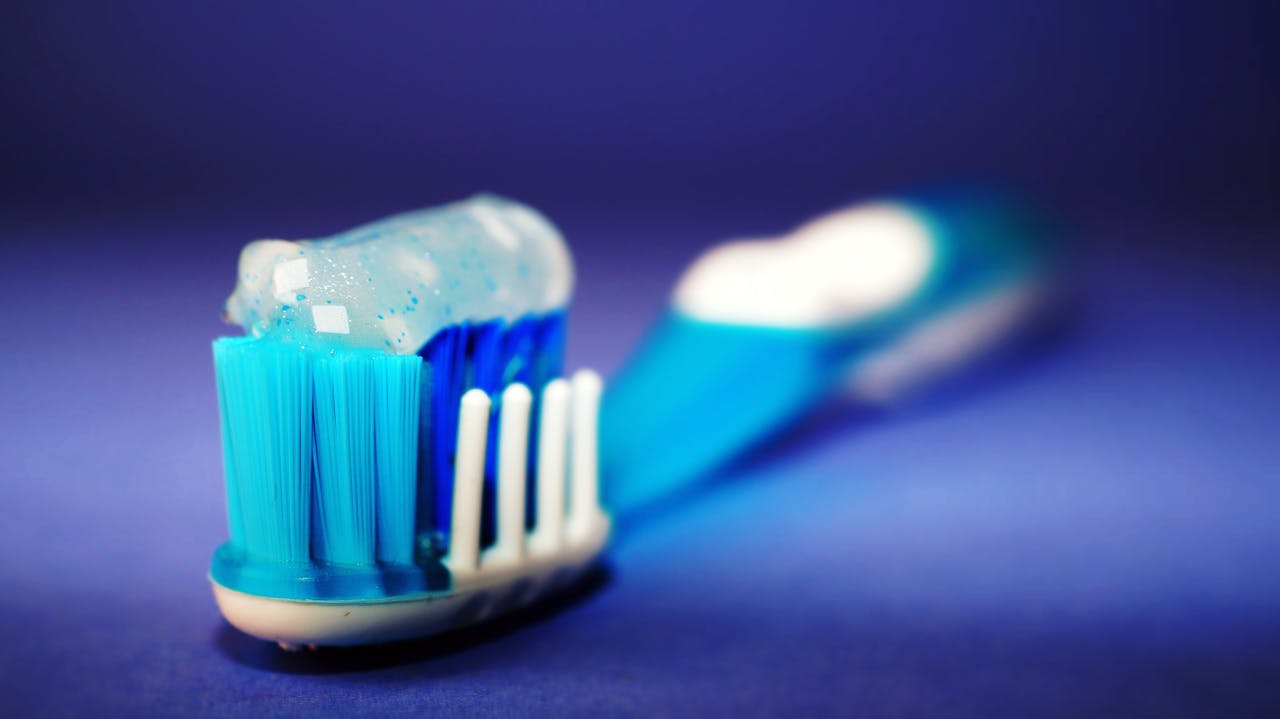What Makes Pet Dental Insurance Different?
Pet dental insurance is often misunderstood. While most pet owners assume it covers only teeth cleanings, the reality is much broader. Dental coverage may include extractions, root canals, periodontal disease treatments, and even trauma-related surgery. However, not all pet insurance providers include dental benefits by default, and those that do may separate routine cleanings (preventive) from medical dental issues (accidents and illnesses).
A 2025 report by North American Pet Health Association showed that over 70% of dogs and 80% of cats over age 3 have some form of dental disease. Left untreated, dental issues can escalate into infections, tooth loss, and even damage to vital organs.
Average Costs of Pet Dental Care Without Insurance
| Procedure | Average Cost (USA, 2025) | Covered by Insurance? |
|---|---|---|
| Routine Cleaning (under anesthesia) | $300 – $800 | Sometimes (if wellness rider is added) |
| Tooth Extraction (per tooth) | $150 – $500 | Often covered (if medically necessary) |
| Root Canal | $1,000 – $3,000 | Sometimes (specialist coverage required) |
| Gum Disease Treatment | $500 – $2,000 | Yes, if diagnosed as illness |
Without dental insurance, even routine care can cost hundreds, while treatment of advanced disease can easily exceed $1,000 per visit.
What Does Pet Dental Insurance Typically Cover?
Coverage varies widely, but the following are commonly included under accident & illness plans with dental benefits:
- Broken or fractured teeth due to trauma
- Gingivitis and periodontal disease
- Infections stemming from dental roots
- Tooth extractions (non-cosmetic)
- Oral tumors
- Pain medication and follow-up visits
Not usually covered unless a wellness add-on is purchased:
- Routine cleanings
- Cosmetic dental work
- Pre-existing conditions
- Breeding-related oral procedures
In 2025, leading providers such as Healthy Paws, Embrace, and Trupanion all offer varying levels of dental illness coverage, but require a dental exam history or annual cleanings for eligibility.
Is Pet Dental Insurance Worth It for Most Owners?
That depends on your pet’s breed, age, and health history.
You Might Benefit If:
- Your dog or cat is a breed prone to dental issues (e.g., Greyhounds, Chihuahuas, Siamese)
- You can’t afford sudden $1,000+ vet bills
- You want peace of mind and lower lifetime veterinary costs
- Your pet is still young and healthy, qualifying for full coverage
It Might Not Be Worth It If:
- Your pet already has existing dental issues (limited eligibility)
- You’re only interested in routine cleanings (these are rarely covered fully)
- You’re comfortable self-insuring with a savings plan
According to Lemonade Pet Insurance’s 2025 claims data, average dental-related reimbursements reached $1,160 per policyholder per year—a sharp increase from just $720 in 2021. This suggests dental coverage is increasingly valuable as care costs rise.
How to Choose a Plan That Includes Dental
- Check if dental illness is included in the base policy – not all plans cover it.
- Look for waiting periods and annual limits – dental conditions often require long waiting periods.
- Confirm preventive care is an add-on – cleaning and dental exams usually need a wellness rider.
- Ask about breed-specific exclusions – some insurers may limit dental coverage for high-risk breeds.
- Read the fine print – especially what’s considered pre-existing.
FAQ: Pet Dental Insurance in 2025
Q: Does pet insurance cover teeth cleaning?
A: Not by default. Most companies require a wellness add-on for routine cleanings.
Q: What’s the biggest financial risk without dental insurance?
A: Untreated infections can lead to extractions, organ damage, or emergency surgery—costing $1,000 to $3,000 or more.
Q: Is there a deductible for dental procedures?
A: Yes. Like general pet insurance, most policies have an annual deductible ($250-$500 typical).
Q: Can I get dental-only pet insurance?
A: Few standalone plans exist. Dental is usually a component of broader accident/illness coverage.
Should You Get Pet Dental Insurance?
If you view pet insurance as a safety net, and your pet is still relatively young or a dental-risk breed, adding dental coverage is likely a smart move in 2025. Not because you expect to use it constantly—but because one surprise tooth problem could easily cost more than several years of premiums.
Think of it as insurance not just for teeth, but for avoiding preventable suffering and unexpected emergencies.



